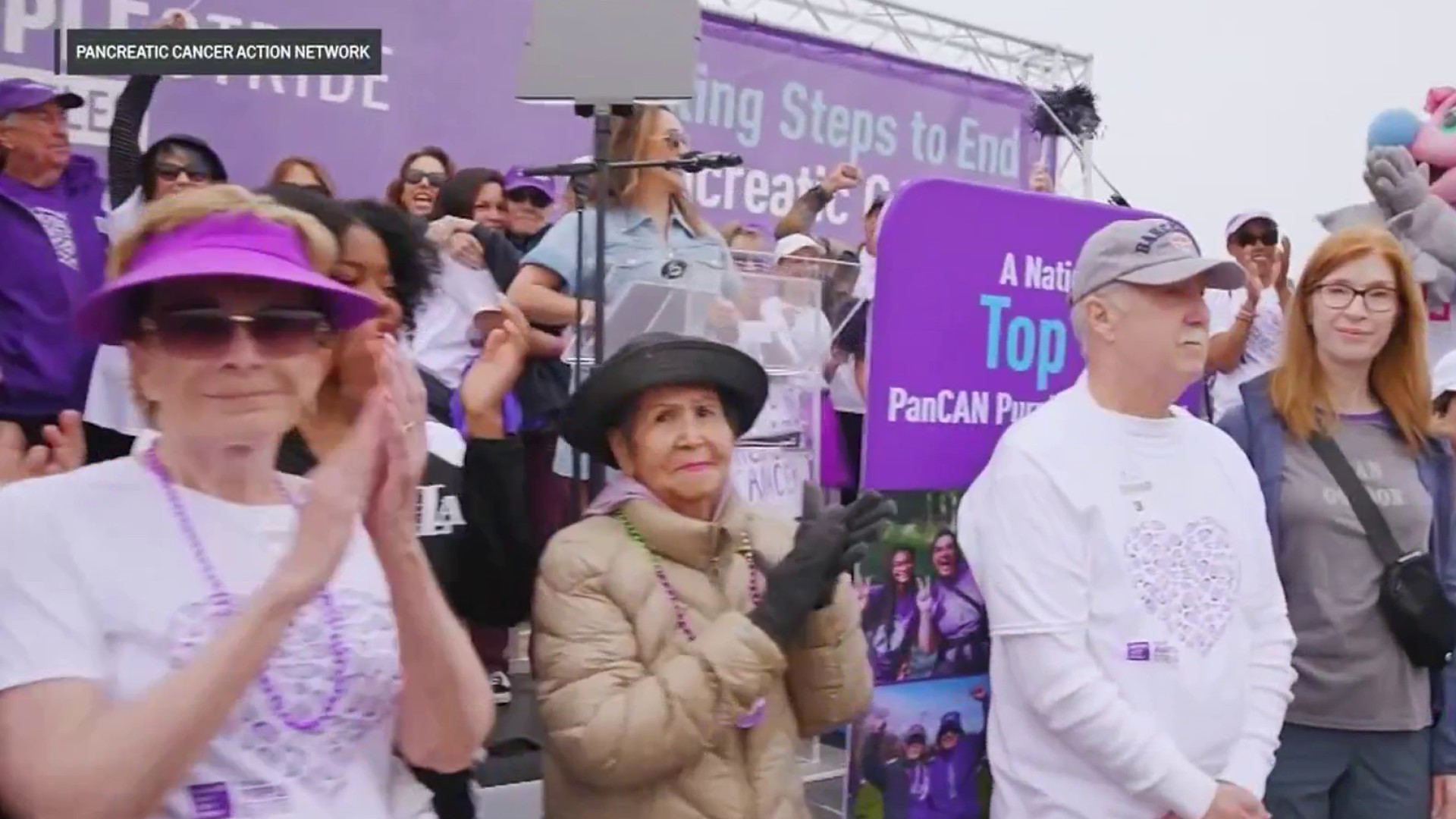The clown threats that have affected many places across the country reached Philadelphia this past weekend.
As these threats became viral on social media, they have garnered about the same amount of fear as a shooting or bomb threat. What is it that makes clowns so scary?
“Once you get the meme going, social media can play a big role. It self-perpetuates and people look for examples to fit the narrative,” said Christopher Ferguson, a professor and co-chair of Psychology at Stetson University.
Clowns can be considered a wolf in sheep’s clothing as their purpose is to be a source of entertainment and child friendly so the mere thought of them being threatening can cause people to have nightmares.
We can take John Wayne Gacy Jr. as an example. He worked as a clown, but was a serial killer and rapist known as the Killer Clown. His clown persona allowed him to gain the trust of both adults and children and made it easier for him to lure his victims, 33 teenage boys who he sexually assaulted and murdered.
Most clowns in pop culture are dark. We can look at Pennywise from ‘It,’ Batman’s Joker, and more recently Twisty from ‘American Horror Story: Freak show.’
In fact, coulrophobia, or the fear of clowns, is one of the most common phobias. Playing on the common fear is what is aiding the clown threats to go viral.
Local
Breaking news and the stories that matter to your neighborhood.
“Whether parents need to clutch their kids closer because Stephen King’s ‘It’ is running around, I don’t think we have to be worried about that just yet,” Ferguson stated. “Social media is perpetuating these urban legends into something bigger than they are.”
These new threats are not the first time that coulrophobia has caused people to panic in the United States.
In 1981, the Boston Police Department as well as other cities in the United States began to receive tips that people dressed as clowns were luring kids into vans with candy and harassing children in parks. While some claims were backed up and police apprehended the suspects, others were not.
Two types of clown-sightings emerged. “Phantom clown” sightings occur when a person’s mind plays a trick on them because the anxiety is so overwhelming. “Stalker clown” sightings occur when there is someone dressed as a clown lurking and trying to scare people.
Today, social media is aiding the circulation of the clown threats and clown sightings. The threats and sightings are going viral and police are taking the threats seriously.
Ferguson says the viral posts can create a “self-perpetuating panic that does not happen much."
"It’s similar to the knock-out game where juveniles were said to be playing a game in which they would knock-out strangers with one punch,” Ferguson said. “If nobody is saying ‘Hold on, let’s put the brakes on this’ then people get upset and anxious, this can cause these false positives. People are scanning for danger and establishing innocuous situations as more dangerous than they actually are.”



